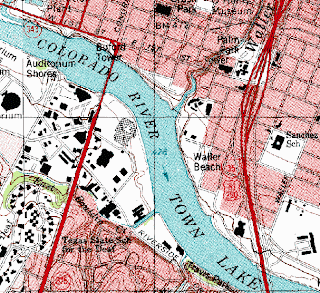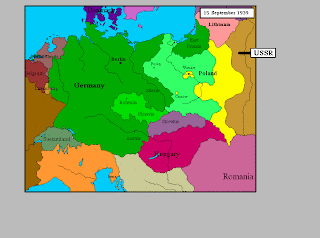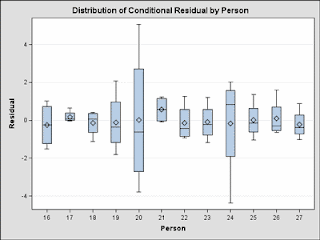
A digital raster graphic (DRG) is a scanned image of a US Geological Survey standard series topographic map.
http://images.google.com/imgres?imgurl=http://www.tceq.state.tx.us/assets/public/gis/images/drg.gif&imgrefurl=http://www.tceq.state.tx.us/gis/drg.html&usg=__qxjL45cP4iIaG2I7U_tRa1wO3Vs=&h=556&w=607&sz=97&hl=en&start=2&um=1&itbs=1&tbnid=XTr5fV2kfCeExM:&tbnh=125&tbnw=136&prev=/images%3Fq%3Ddrg%26um%3D1%26hl%3Den%26client%3Dsafari%26rls%3Den%26tbs%3Disch:1
















































